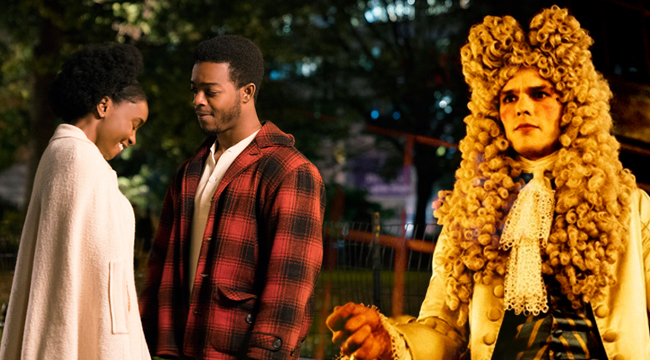
There comes a time in every film critic’s life when he must relinquish childish notions about the impossibility of quantifying art and submit to the algorithms. This we know as “year-end list” season. In my brain I know that ranking movies is super lame, and people can experience the same films under different circumstances producing different reactions and that’s okay, but in my heart I know that my opinions are objectively the correct ones and that I must rage, rage against the other clowns on the internet.
This is my year-end best-of list. There are many like it but this one is mine. Without my year-end best-of list, I am nothing. Without me, my year-end best-of list is nothing.
10. (tie) Mission Impossible: Fallout, Paddington 2, Annihilation
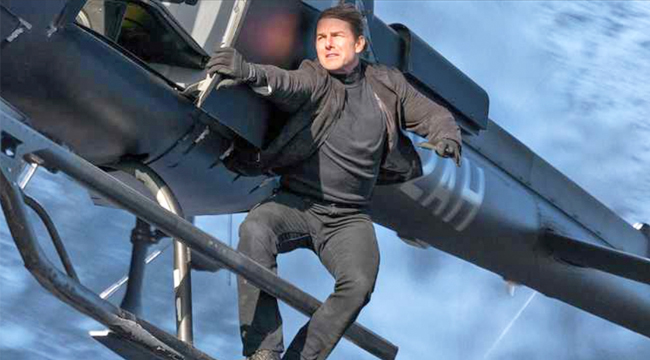
It’s number 10 and I’m already cheating. You didn’t think I’d really be able to limit this list to just 10, did you? Rules are for science writers, baby. In any case, I found these films surprising and delightful enough to warrant mention.
I’ve never wholeheartedly loved a Mission Impossible movie before Fallout, but this one put the whole franchise over the top, mainly by dispensing with the pretense that the plot is especially important or the story about anything but over-the-top spectacle in Mission Impossible movies. To know thyself is truly a gift. In that sense Fallout is the Furious 7 of this franchise. Fallout gave us Tom Cruise piloting all manner of conveyance (cars! trucks! boats! helicopters!) while platonically seducing women all across the globe (they love his pumpin’ lil’ legs!) and of course, running so hard it looked like his limbs might fly off. Tom Cruise is so committed you can allow yourself to forget that his religion has been accused of keeping slaves. That’s quite a feat.
Oh, and there was Henry Cavill in a sweet mustache.
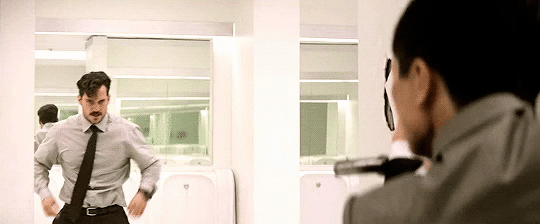
Is it just me or are spy movies in which Henry Cavill appears the best spy movies? Every time I see him in a movie I think how handsome he is and try to copy his facial hair and quickly realize I can’t pull it off. Anyway, the helicopter sequence at the end of Fallout is one of the best blockbuster action sequences ever filmed.
Paddington 2 is the movie Mary Poppins Returns wanted to be. I never would’ve expected it from a creepy-eyed CGI bear, but Paul King and Simon Farnaby gave us Paddington as an avatar of modern Britishness — where a kind of reserved politeness and fusty rectitude are the ultimate ideals. Call that revisionist or modernized, it’s a nice thought in any case. Hugh Grant’s role as a famous thespian disgraced into doing dog food commercials is his best ever (and deserves serious awards consideration) and that’s in a movie that also includes Brendan Gleason, Hugh Bonneville, and Sally Hawkins. It would’ve been hard to have a more pleasant time in a movie this year.
If Paddington 2 and Fallout were the best of the broad multiplex offerings, Annihilation was a psychological sci-fi horror film so ineffable and metaphysical that it’s hard to believe it even got made. Alex Garland took a book that seemed impossible to film and turned it into a movie that’s almost impossible to describe. Also, there was a skull bear made of screams. Now that’s how you do introspection.
9. Eighth Grade
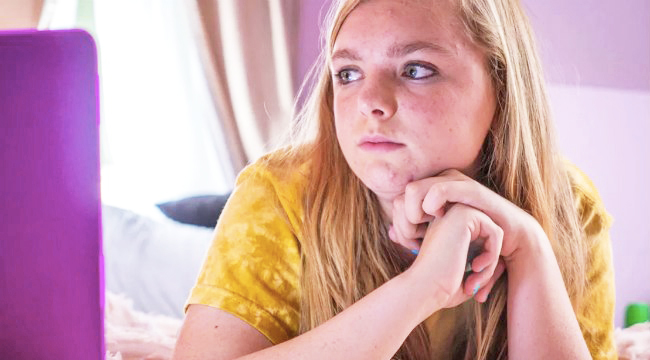
A lot of performances get called “brave” every year and usually they’re just the kind of roles you expect from famous actresses who dress down for easy accolades. Destroyer had a pretty good script and direction, but Nicole Kidman was essentially a holocaust propaganda cartoon caricature of a non-beautiful person. “This is what you gross slobs look like, isn’t it? Did I get the liver spots right?” You know that speech in Kill Bill 2 where Bill is talking about how Superman’s Clark Kent outfit is basically how Superman views all humans? There’s an awards movie version of that.
I digress, but in any case, Elsie Fisher, channeling her most awkward incarnation and preserving it forever in Eighth Grade, actually was brave. It was also an amazing work for a first time director. Eighth Grade had all the things you’d expect in a movie about an eighth-grader — painful awkwardness, social faux pas, embarrassing parents, tragic crushes — but Bo Burnham made music with them. In his hands, those adolescent touchstones felt not banal or well worn but iconic, anthemic. Also important, Burnham gave his “arthouse” movie an edge, unafraid to occasionally go scat when the situation warranted it (these are eighth graders after all). In 2019, Lord grant us more movies that are smart without being overly mannered. “Taste” means pushing the boundaries a little bit.
8. Roma
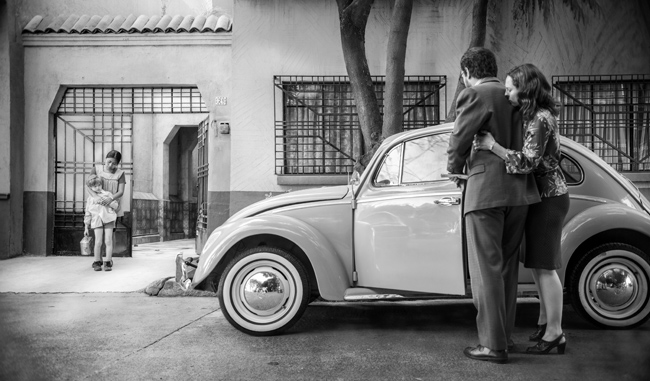
Roma is showing up on everyone’s best-of list, and for good reason: every scene feels like the filmmaking equivalent of nailing a quadruple axel (yeah I do figure skating metaphors now, deal with it). Almost every scene is a long-take tracking shot as carefully choreographed as the D-Day landing, that the actors nonetheless have to perform while maintaining the facade of social realism (even Busby Berkeley didn’t have that requirement).
I honestly didn’t want to add to Roma‘s critical acclaim, simply because it seems so arthouse conventional on the surface — it’s in black and white, it’s opening just in time for maximum awards consideration, and most of the promo images involve sad but proud people looking life-affirmingly at each other on a beach somewhere. I wanted to hate it, truly, and its “climactic” beach scene is the weakest part. But it just couldn’t be denied. The entire subplot with Cleo’s naked karate boyfriend culminating in a street riot scene is unforgettable. See it, I promise.
7. Don’t Worry, He Won’t Get Far On Foot
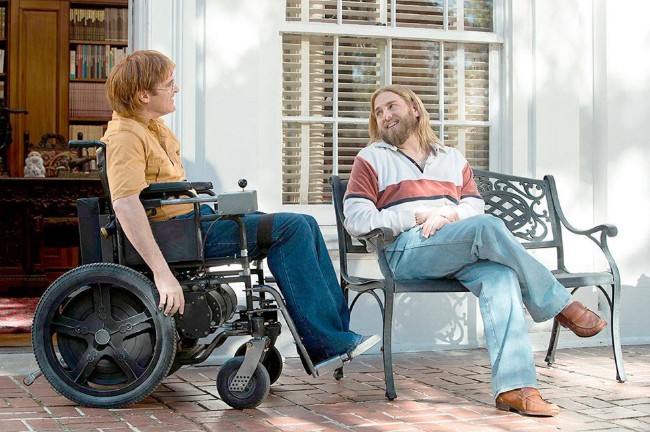
I’m baffled as to why Gus Van Sant’s biopic of vulgar, disabled cartoonist John Callahan played by Joaquin Phoenix isn’t getting more love this awards/year-end list season. Is it because it hit limited release at the height of summer blockbuster season? Was it too expected?
Whatever the case, Don’t Worry, He Won’t Get Far On Foot is a superior film to that other Joaquin Phoenix movie that’s on everyone’s awards list (You Were Never Really Here), which, when you strip away the cool visuals, has a plot that wouldn’t fly on Law & Order SVU (which is a credit to Lynne Ramsay’s directing, but the fact remains that it’s essentially a collection of art tricks). Meanwhile, Don’t Worry, He Won’t Get Far On Foot is Van Sant’s best in a long time, with huge performances by Phoenix, a big stretch for Jonah Hill (as flamboyant 12-step hero Donnie Green) that totally pays off, and solid supporting work from Jack Black and the lesser-known actors who populate Callahan’s alcoholics anonymous classes. I’m shocked Jonah Hill isn’t in the awards conversation for this one this year.
Like Spike Lee, Gus Van Sant seems to be at his best when he’s doing straightforward period pieces, and practically everything he does works in this one.
6. Hereditary
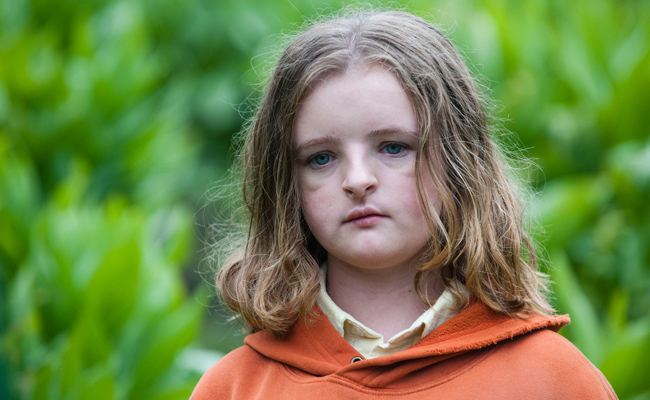
How do you not love a horror movie where Satan wins at the end (spoiler alert, I guess)? There aren’t many movies where a character gets graphically decapitated and it isn’t even the most memorable scene of the movie. Hereditary feels like a response to everyone who said those other critically acclaimed horror movies (It Follows, The Babadook, etc.) weren’t scary enough. Normie America still hates this one, but it certainly wasn’t because it wasn’t scary.
5. The Ballad Of Buster Scruggs
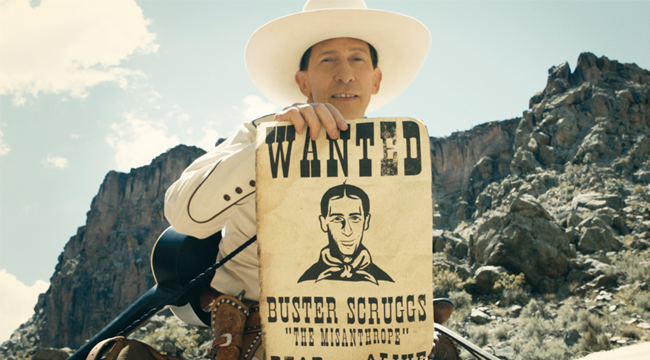
The Ballad of Buster Scruggs (original review) is all of the Coen Brothers’ storytelling tics and obsessions squeezed into a single anthology. It takes many of the themes they’ve always explored and positions them as central to a kind of collective American consciousness — as well as indulging their passions for circular, archaic vernacular (he’s bona fide) and possibly symbolic animal characters.
The key to understanding Buster Scruggs is realizing that it’s a collection of campfire stories. Why campfire stories? Because they tell us something about the culture that produces them. These stories, frequently about death and mortality (those other Coen obsessions), echo throughout the generations with each new one putting their own spin it. It’s sort of like the folkloric equivalent of The Aristocrats joke (folk music also features prominently, as it usually does in Coen movies).
Why stories of the frontier? Because the frontier is uniquely American, or we like to think of it as such. The Ballad of Buster Scruggs explores the brutality of expansion, existing at the place where our most absurd dreams of the frontier collide with their crudest realities. Hilariously so, and with plenty of magical cats (metaphorically speaking). If you want to understand the Coen Brothers, The Ballad of Buster Scruggs is a great place to start.
4. If Beale Street Could Talk
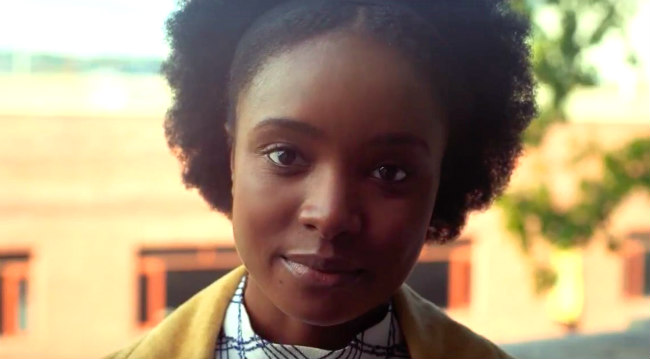
If no one shoots a long take tracking shot like Alfonso Cuarón, no one does cinematic portraiture like Barry Jenkins. The characters in If Beale Street Could Talk are all so luminous and radiant you can’t help but fall in love with them. That’s nothing new if you’ve seen Moonlight, but where Moonlight was meditative, Beale Street has ensemble scenes of family strife that absolutely crackle, with verbal missiles lobbed back and forth in such a way that it feels almost like the deluxe gourmet version of Tyler Perry. All the fireworks with none of the cheating to get there. On the surface, Beale Street tells a sad story, but it’s delivered so achingly, so soothingly that you can’t help but want to live in it. Like the title, it really is a blues song. No movie in 2018 felt as “lived in” as If Beale Street Could Talk.
3. Border
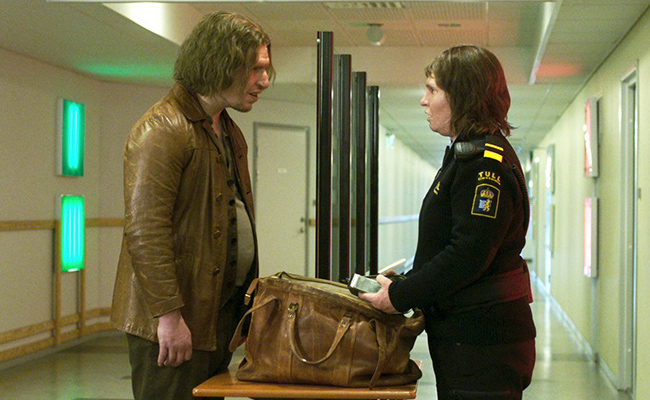
It’s hard to say much about Border without spoiling one of the most singularly unique moviegoing experiences of the year, but suffice it to say that Border, from director Ali Abbasi and writer Isabella Eklof (same team behind Let The Right One In) makes the fantastic something you can touch, taste, and feel in a way few movies do. It’s also hard to combine “gross” and “humane” portrayals in the same movie, but Abbasi pulls it off, positing a hidden world beneath the visible that manages to be both “humane” and a critique of humanity for all the things we take for granted. I’ve never been so simultaneously revolted, heartwarmed, and turned on.
2. The Favourite
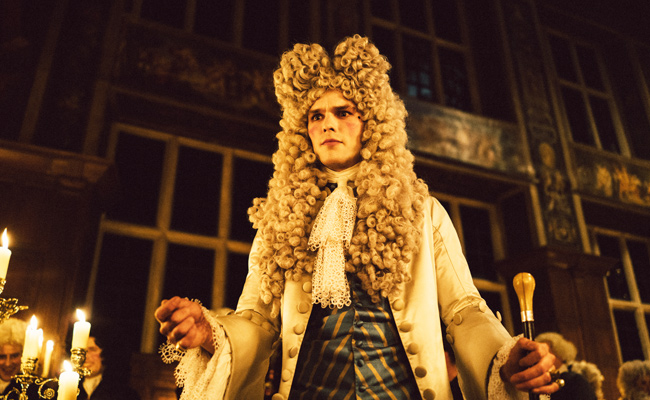
Nothing more vividly illustrates the problems of hereditary wealth and power like the lives of our cloistered, inbred European monarchs of yesteryear. And yet this properly derisive view of aristocracy is so often hamstrung by our tendency to turn cinematic queens into vehicles for female empowerment. Surely we deserved a better take on queens than “yaas queen?” Yorgos Lanthimos (with writers Deborah Davis and Tony McNamara) finally gave it to us in The Favourite, the perfect period piece for a world beset by failchildren.
One result is a movie owned entirely by its female protagonists — Olivia Colman, Emma Stone, and Rachel Weisz. So many period pieces end up bloodless and antiseptic, denying us the shit-covered streets, the cum covered sheets, the mole-covered fops to make the past truly come alive. The Favourite was the antidote to that, not to mention probably the funniest movie of the year.
1. Sorry To Bother You
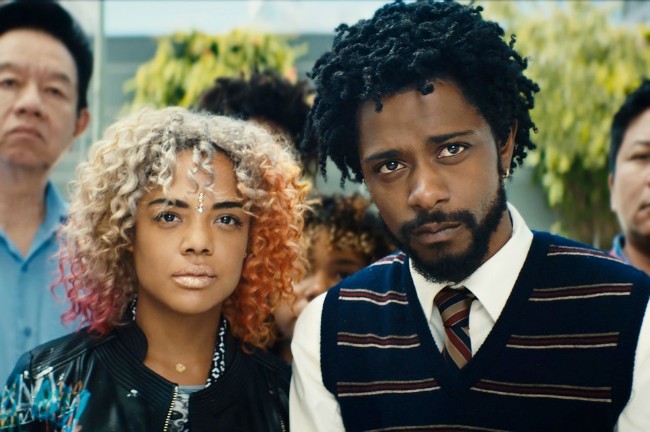
Picking favorites between the top four or five on this list is splitting hairs to some degree, but no movie this year felt so much like a coming out party for an exciting new voice. You didn’t have to like Sorry To Bother You as much as I did to think “I can’t wait to see more movies from this guy.”
It’s rare to see a movie as political as Sorry To Bother You that’s also fun (Vice being a notable counterexample). Above all, Sorry To Bother You felt unconstrained by the normal rules — of narrative, of politeness, of accepted political discourse. Also, Lakeith Stanfield and Tessa Thompson are future Oscar winners, and Sorry To Bother You gave Terry Crews his best role yet. In his debut feature, Boots Riley proved important movies don’t have to be boring.
Vince Mancini is on Twitter. You can find his archive of reviews here.






